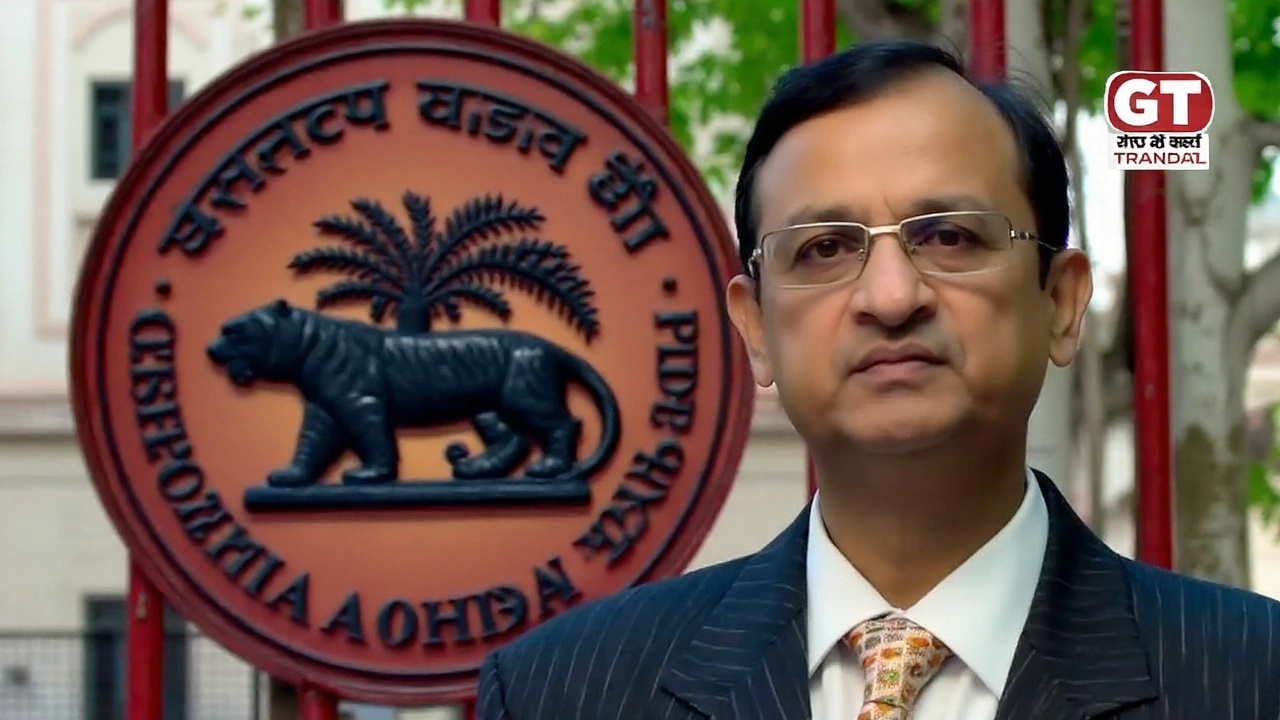Repo Rate Explained: Latest Updates and Why It Matters
The repo rate is the interest rate the Reserve Bank of India (RBI) charges banks when they borrow money for a short period. Think of it as the price of cash for banks. When the RBI changes this rate, it sends a signal to the whole economy about how cheap or expensive borrowing will be.
As of the latest meeting, the RBI kept the repo rate at 6.50%. That number might sound small, but it decides how much you pay on a home loan, a car loan, or even the interest you earn on your savings account. A higher repo rate means banks charge more for loans and may offer better returns on deposits. A lower rate does the opposite – cheaper loans but lower savings interest.
How RBI Sets the Repo Rate
The RBI looks at several clues before moving the repo rate. Inflation is the biggest one. If prices are rising fast, the RBI may lift the rate to cool off spending. If growth is sluggish, they might cut it to encourage borrowing and investment. Other factors include global oil prices, the currency’s strength, and how much money is already flowing in the market.
During the last policy review, inflation stayed near the 4% target, and the economy showed steady growth. That’s why the RBI chose to hold the repo rate steady – they want to keep the balance right without shocking the market.
Impact of Repo Rate Changes on Everyday Life
When the repo rate moves, you’ll feel it in three main ways:
- Loans: Mortgage, personal, and vehicle loan rates adjust within weeks. A 0.25% hike could add a few hundred rupees to your monthly EMI.
- Savings: Banks may raise the interest on fixed deposits and savings accounts, but the change is usually modest.
- Investments: Higher rates can make bonds more attractive compared to stocks, affecting how you allocate your money.
For small businesses, the repo rate decides the cost of working capital. A higher rate means more expense, which can slow expansion plans. For big companies, it influences the cost of issuing corporate bonds.
Even if you don’t have a loan, the repo rate can affect the prices of everyday goods. When borrowing costs rise, consumers tend to spend less, which can lower demand for items like electronics or clothing, sometimes leading to lower prices.
Staying updated on repo rate decisions helps you plan better. If you’re thinking of taking a loan, a low repo rate environment might be the right time. If you’re saving for the future, a higher rate could boost the returns on your fixed deposits.
In short, the repo rate is a small number with a big impact. Keep an eye on RBI announcements, and you’ll be ready to make smarter financial choices whether you’re borrowing, saving, or investing.

Analysts are spotlighting short-term buying opportunities in stocks like IndusInd Bank, AB Capital, MCX, and Marico after the RBI maintained its repo rate and neutral policy. Stock-specific drivers such as capex revival, NBFC strength, and FMCG demand could trigger rallies before the next policy review.

The RBI kept its repo rate steady at 5.5% in August 2025, signaling confidence in controlling inflation, which dropped to a six-year low. The central bank revised the FY26 inflation forecast lower to 3.1%. GDP growth is still pegged at 6.5%, and a CRR cut is coming in September. The real estate sector responded positively to the decision.

